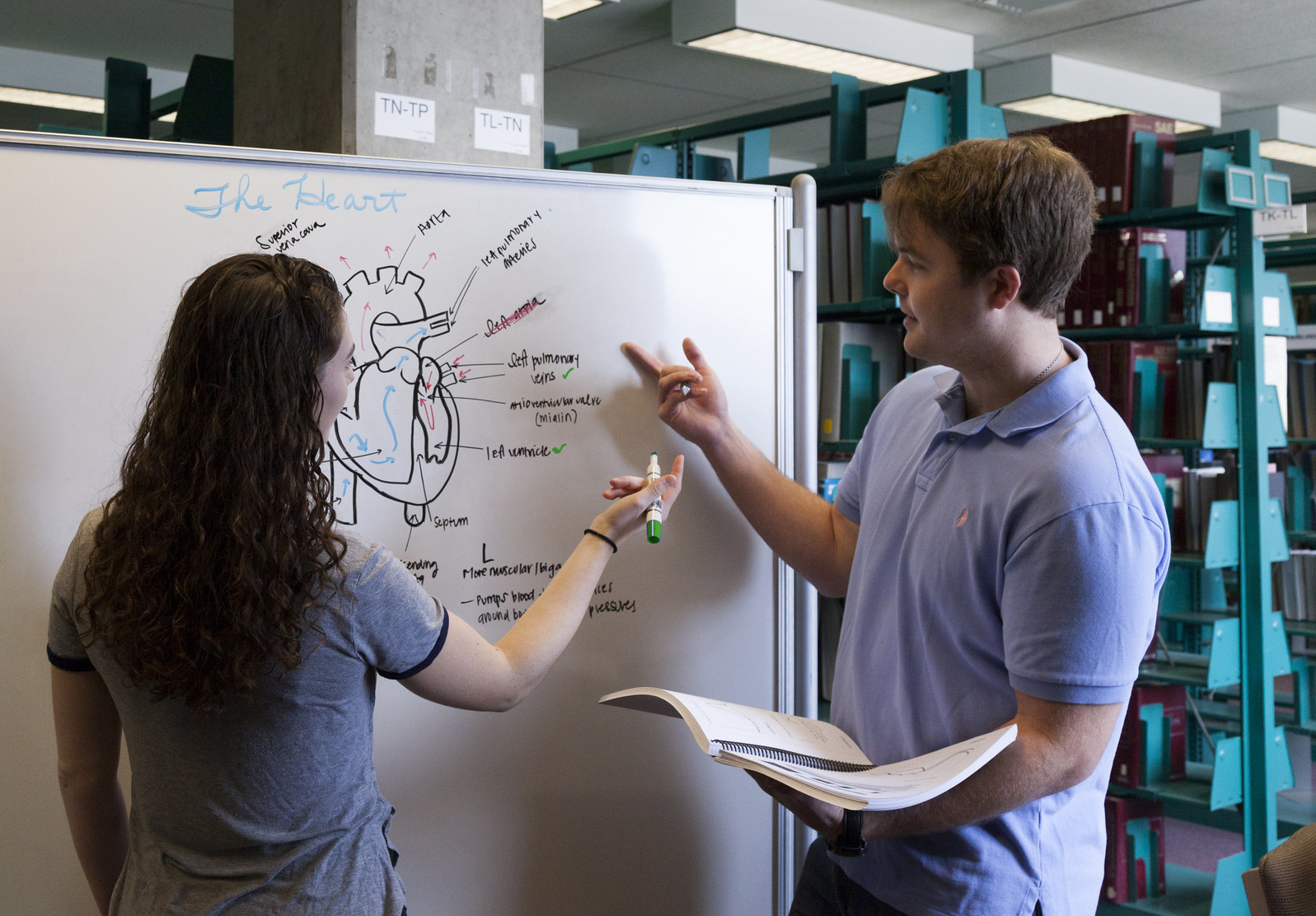
Navigating the Path to Effective Assessment and Grading: Best Practices and Strategies
Assessment and grading play crucial roles in education, shaping students’ learning experiences and providing valuable feedback on their progress. In this blog post, we will delve into the realm of effective assessment and grading practices, exploring the best strategies to navigate this path successfully.
I. The Role of Assessment in Education
Assessment serves as a compass in the educational journey, guiding both educators and students towards desired learning outcomes. It helps educators gauge students’ understanding, identify areas of improvement, and tailor instruction accordingly. There are two main types of assessment: formative and summative. Formative assessments provide ongoing feedback and inform instruction, while summative assessments evaluate student learning at the end of a unit or course.
II. The Role of Grading in Education
Grading goes hand in hand with assessment, as it assigns value and communicates students’ achievements. Beyond the final grade, it impacts students’ motivation and self-perception as learners. Well-executed grading practices acknowledge students’ efforts, provide constructive feedback, and promote a growth mindset.
III. Best Practices for Effective Assessment
Providing Clear Learning Objectives and Assessment Criteria:
- Clearly defined learning objectives and assessment criteria help students understand what is expected of them and what they need to demonstrate. Transparent guidelines foster clarity and fairness in assessment.
Incorporating a Variety of Assessment Methods:
- Diverse assessment methods, such as quizzes, projects, presentations, and discussions, allow for a comprehensive evaluation of students’ skills and knowledge. This approach caters to different learning styles and provides a more holistic view of students’ abilities.
Promoting Student Engagement and Self-Assessment:
- Engaging students in the assessment process enhances their ownership of learning. Encourage self-assessment and reflection, where students evaluate their own progress and set goals for improvement.
Using Technology to Enhance Assessment Practices:
- Leverage technology tools, such as online quizzes, digital portfolios, and automated grading systems, to streamline the assessment process and provide timely feedback. Technology can also facilitate data analysis for more informed decision-making.
IV. Best Practices for Effective Grading
Establishing Fair and Consistent Grading Criteria:
- Establish clear grading criteria that align with learning objectives and consistently apply them to ensure fairness and transparency. This helps reduce subjectivity and supports accurate evaluation.
Differentiating Between Formative and Summative Grading:
- Differentiate between formative and summative grading to emphasize growth and progress. Formative grading focuses on feedback and improvement, while summative grading reflects overall achievement at the end of a period.
Offering Constructive Feedback to Support Student Learning:
- Feedback should be constructive, specific, and actionable, highlighting areas of strength and areas needing improvement. Use a mix of praise and suggestions for growth to guide students’ learning journey effectively.
Addressing Challenges and Biases in Grading:
- Grading practices should be mindful of biases that may influence assessments. Be aware of factors like student demographics, language proficiency, or past performance, and ensure grading is fair and impartial.
V. Strategies for Effective Assessment and Grading
Aligning Assessments with Learning Outcomes:
- Ensure that assessments directly align with the learning outcomes and instructional goals. This alignment creates a coherent and purposeful assessment plan that reinforces key concepts and skills.
Implementing Rubrics for Transparent Grading:
- Utilize rubrics to provide explicit criteria for grading and guide students’ understanding of expectations. Rubrics clarify assessment standards, promote consistency, and offer transparency in the grading process.
Using Student Portfolios to Showcase Growth and Progress:
- Student portfolios allow for a comprehensive view of students’ progress over time. They provide evidence of learning, growth, and achievement and serve as a powerful tool for reflection and self-assessment.
Utilizing Peer and Self-Assessment Strategies:
- Peer and self-assessment strategies encourage collaboration, metacognition, and critical thinking skills. Engaging students in assessing their own work and that of their peers fosters a deeper understanding of the assessment process and encourages active learning.
VI. Overcoming Common Challenges in Assessment and Grading
Addressing Time Constraints and Workload Issues:
- Time constraints and workload can pose challenges in effective assessment and grading. Prioritize essential assessments, explore streamlined grading approaches, and leverage technology to automate and expedite certain processes.
Dealing with Subjectivity in Grading:
- Subjectivity in grading can lead to inconsistencies. To address this, establish clear criteria, train educators on grading standards, and encourage collaborative discussions to ensure fairness and reduce subjectivity.
Managing Grade Inflation and Deflation:
- Maintain a fair and accurate grading system by avoiding grade inflation or deflation. Regularly review and calibrate grading practices to ensure alignment with expected standards.
Supporting Students’ Understanding of Assessment and Grading:
- Educate students about assessment and grading practices, clarifying the purpose, criteria, and expectations. Help them develop metacognitive skills to self-assess and reflect on their own learning.
Takeaway
Effective assessment and grading practices are essential in promoting student growth, learning, and achievement. By implementing best practices and strategies, educators can navigate this path successfully, ensuring fair evaluations and meaningful feedback that support students’ educational journey. Embracing these practices empowers both educators and students to maximize their potential and foster a culture of continuous improvement and learning.
